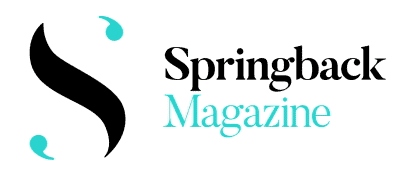Springback Academy 2015
Feature
On the banks of the dance river
We don’t need to be scientists to know that, mainly, the universe depends on movement. The smallest atoms, as well as the farthest planets, dance in space. And then there’s the realm of live bodies for whom movement in itself is a symptom of life. Immobility, in this sense, would represent the opposite shore and even a primary sign of death. And yet, in spite of being more than essential to life, dance remains an awkward fact both for audiences and writers especially when it comes to translating its multiple forms of existence into worded narratives. How can we really talk about this? It’s like a dance writers’ version of Hamlet’s big question.
What we discussed during the Springback Academy is the infinity of potential structures of movement, and its inevitable collision with the finite syntax and lexicon of the languages we use, especially when we’re not speaking our mother tongue. However, while this naturally seems to be an issue of words it is, above all, a question of distance concerning time and space. The gap between the performance and the writer doesn’t depend on an incomplete alphabet, nor on the space opened between the stage and the audience, but rather upon a different view on the artistic process.
In dance writings – whether that means features, reviews, live tweets or other manifestations of the social network – time matters because the writer’s line of reasoning can only appear a posteriori, having been processed by a personal, encyclopedic knowledge. Reaching readers after the fact, dance texts replace bodies, movement and the settings in which they’re placed with a subjective mixture of interpretation and description. This abstract material has to pass through a body whose professional identity and level of experience is a sort of personal archive driven by a specific viewpoint or, in a worst-case scenario, a specific taste. The result is always subjective, and yet it represents one of the few concrete pieces of evidence that a work existed.
The distance between the dance and the writer is peculiar. It’s as if the two are on opposite banks of a river. But what can constitute the bridge between them? Dance and the writer… If we assume that they come from different processes, we might end up saying that criticism is dead. In an era so intoxicated by individualism, why should one person’s opinion be more reliable than another? Intertwining description and interpretation, a dance writer achieves a certain professional status that is, in fact, a bodily form of knowledge grown around a mysterious yet sensible connection between the choreographic and the written language. It’s almost as if the writer were a kind of medium, divining the spirit of artists’ intentions. Despite sometimes seeming to occupy opposite edges of some rushing, creative body of water or, taking further the supernatural analogy, different dimensions of being, the artist and the writer share the same, or a similar, process. They should complete and trust each other.
Spring Forward showcased a huge variety of work from Norway to Spain, Italy to Israel, by a new generation of European choreographers. We saw many different dance formats and possible answers to the sticky question that, in spite of the underlying awareness that it could be unanswerable, keeps writers in their seats and draws the artists onto the stage: where’s the beauty?

